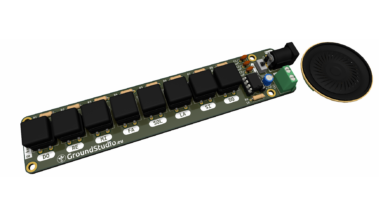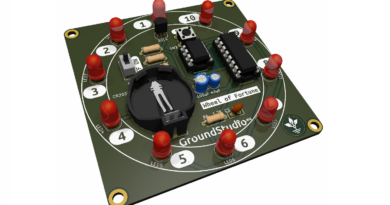555+4017 learning kit
Introduction
This circuit generates a Knight Rider-style light pattern by sequentially lighting each LED from left to right. It’s an ideal circuit for understanding the operation principle of the 555 timer together with the 4017 decimal counter.
List of tools required for assembly and operation,
not included in the kit
| Name | Image | Buy here |
|---|---|---|
| Soldering iron | 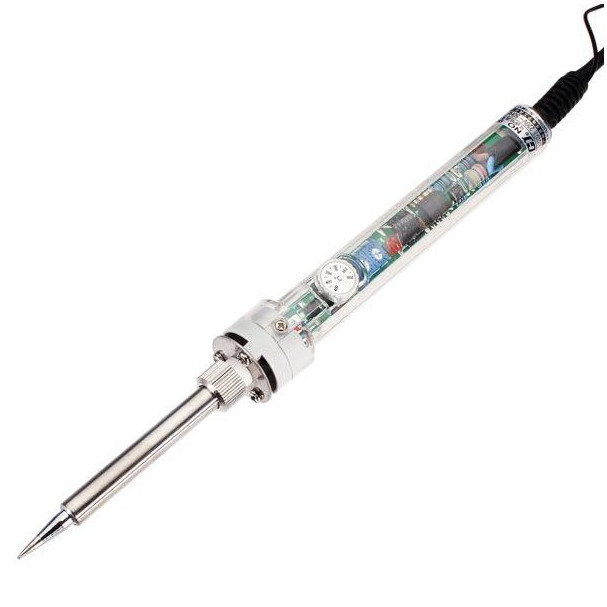 | |
| Solder wire |  | |
| Pliers |  | |
| Helping hands (device or a friend) | 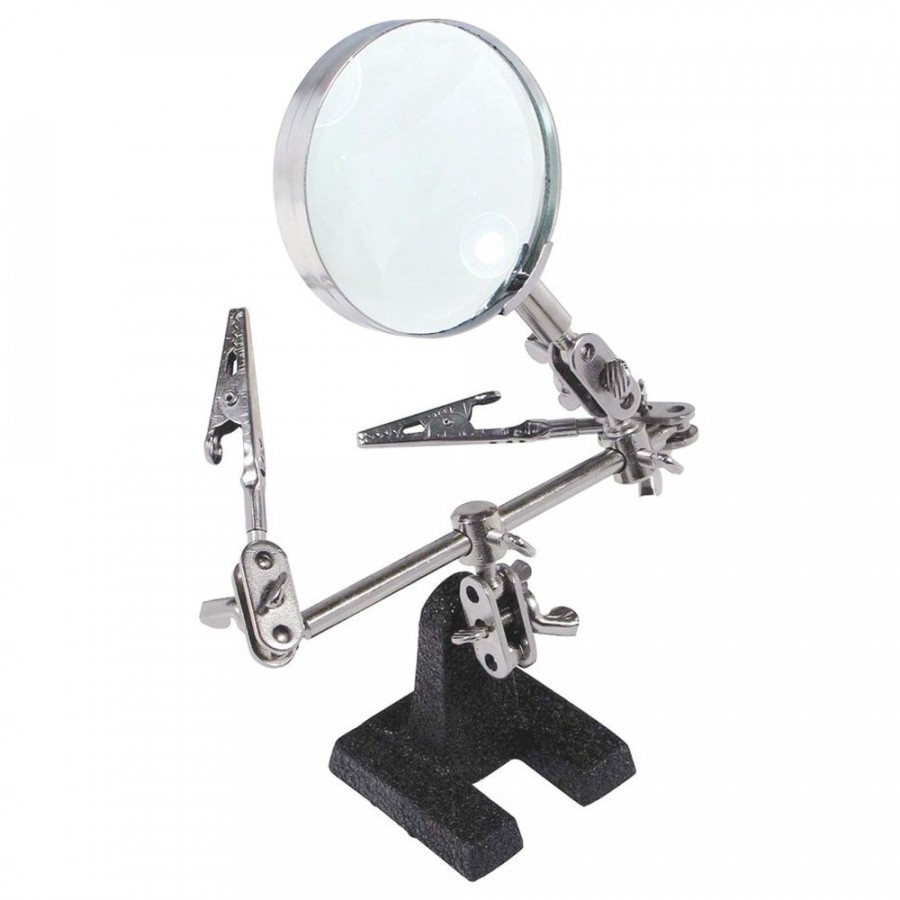 | |
| Phillips Screwdriver | 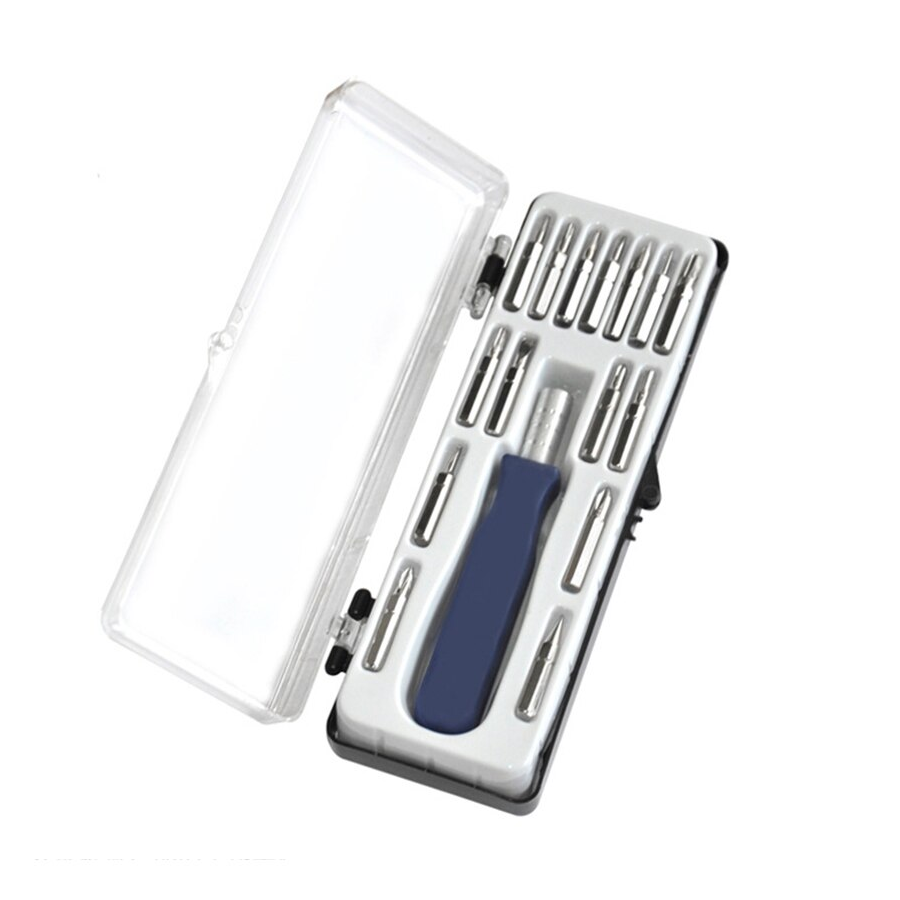 | |
| 9V power supply * |
*To power the circuit, you‘ll need a 9V power supply with a DC connector.
Here are some suggestions:
| Name | Image | Buy Here |
|---|---|---|
| Connector for 9V battery + battery | 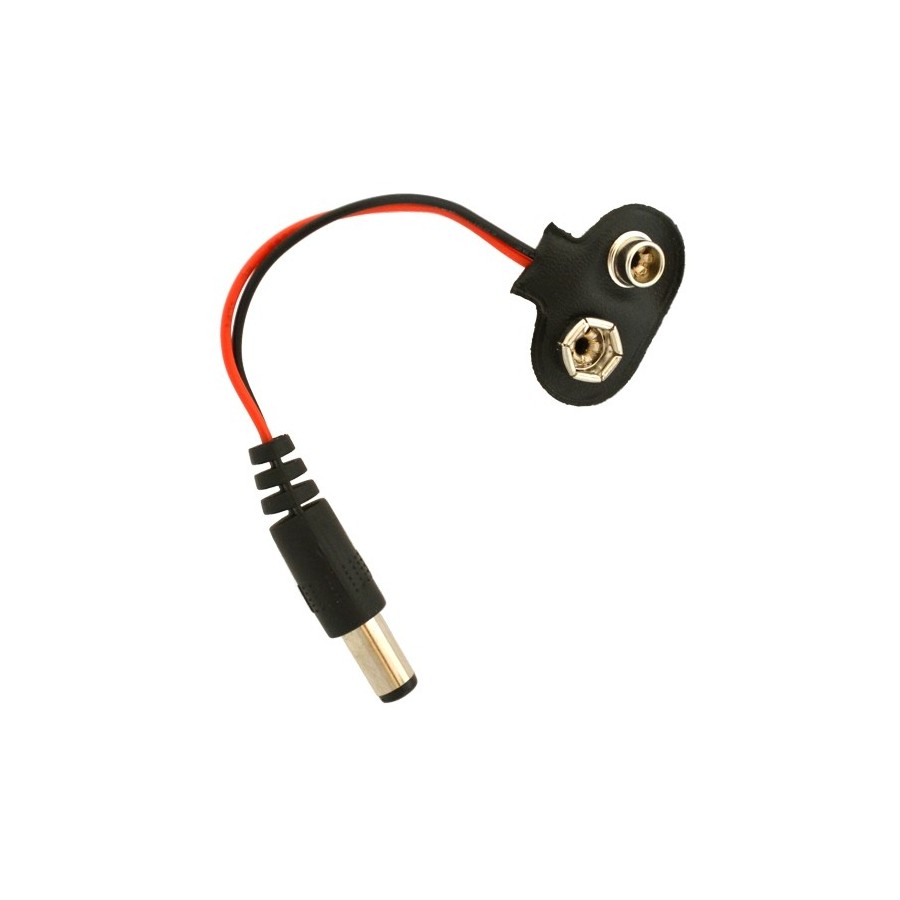 +  | |
| 9V power supply |  |
List of components included in the kit
| Qty | Name | Details | Footprint | Image | Buy here |
|---|---|---|---|---|---|
| 10 | Resistor | 1K, 1/4W | R1 – R10 |  | |
| 1 | Resistor | 10K, 1/4W | R12 |  | |
| 1 | Resistor | 2.2K, 1/4W | R11 |  | |
| 10 | LED | 5mm, red | LED1 – LED10 | 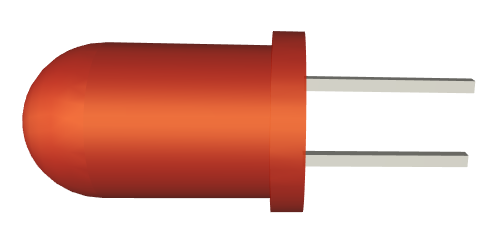 | |
| 2 | Electrolytic capacitor | 1uF | C1, C2 |  | |
| 1 | Trimmer | 50K (503) | R13 | 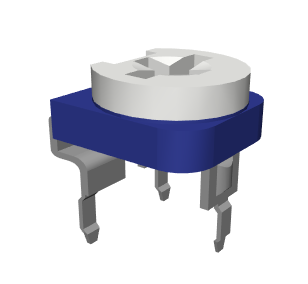 | |
| 1 | Power connector | jack barrel, 9V | J1 | 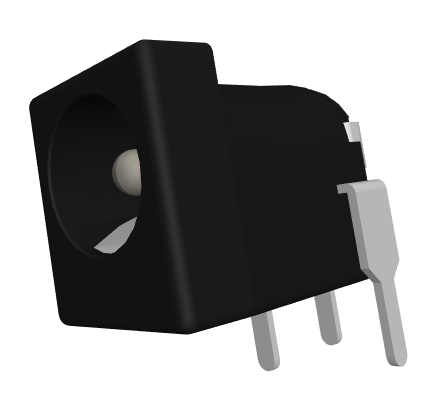 | |
| 1 | Integrated circuit | NE555 | U1 |  | |
| 1 | Integrated circuit | CD4017 | U2 | 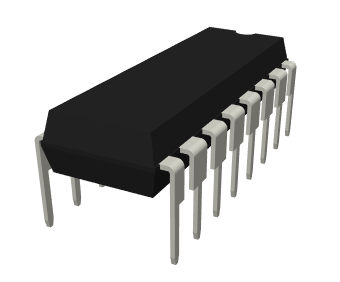 | |
| 1 | Socket | 8 pins | U1 | 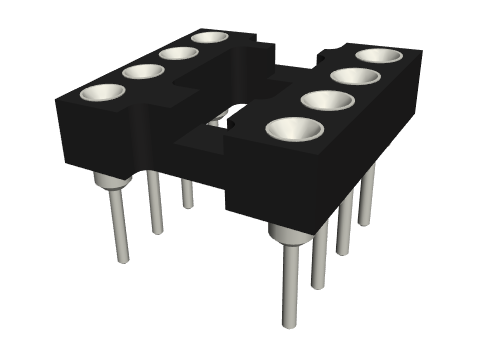 | |
| 1 | Socket | 16 pins | U2 | 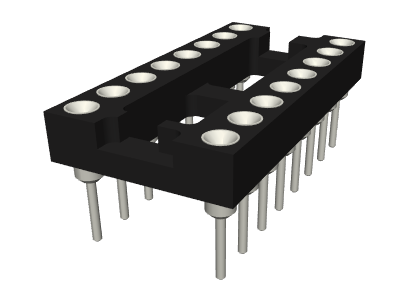 | |
| 1 | PCB | 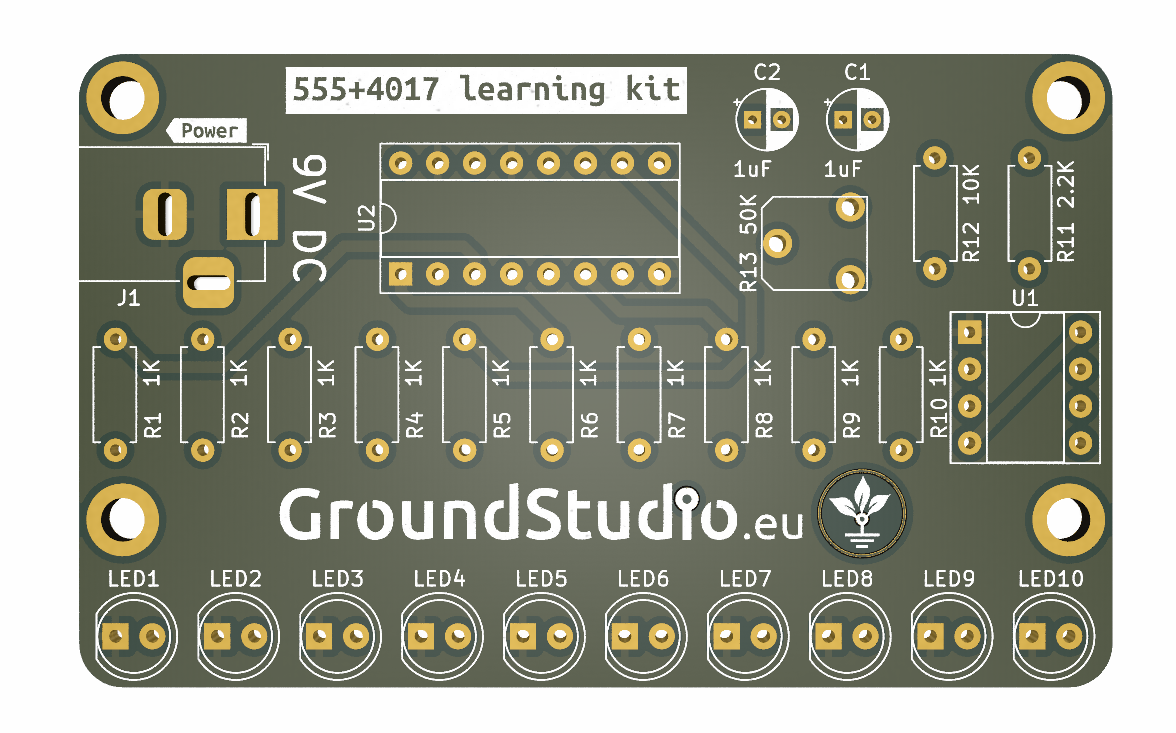 |
Schematic
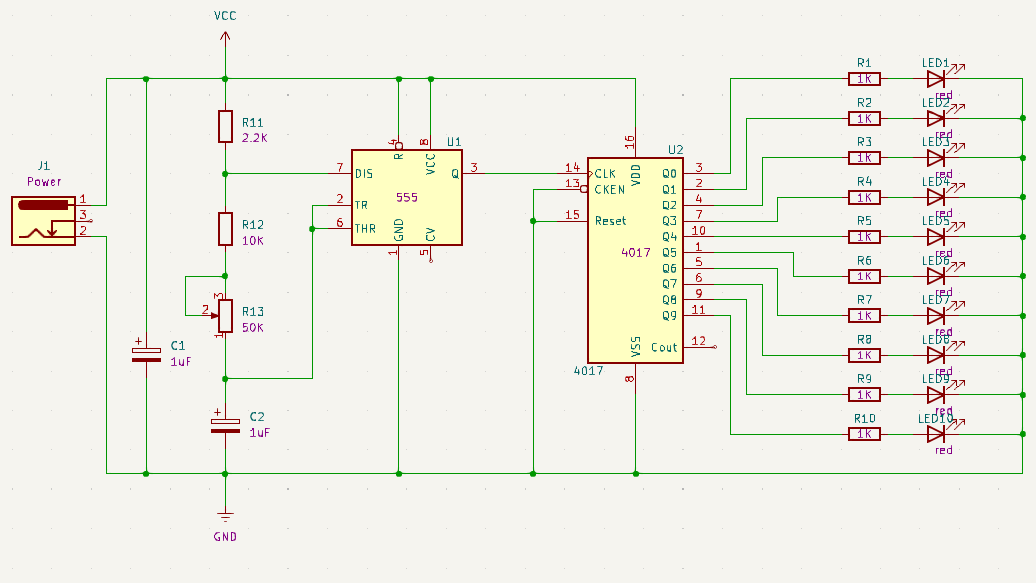
Working principle
This circuit generates a Knight Rider-style light pattern by sequentially lighting each LED from left to right. It’s an ideal circuit for understanding the operation principle of the 555 timer together with the 4017 decimal counter.
The 555 timer is used as an oscillator, along with R12, R13, and C2. This circuit generates a continuous pulse on pin Q of the 555 integrated circuit.
The CD4017 acts as a decimal counter/pulse distributor. Specifically, with each pulse received from the timer at the CLK input, it sequentially sets one of the Q outputs, from Q0 to Q9, HIGH, while keeping all others LOW. In this circuit, each Q output corresponds to an LED. The 11th pulse from the timer causes the counter to restart the cycle at Q0, and the light pattern continues. The circuit will keep blinking as long as it is powered.”
Notice the variable resistor R13. Changing its resistance will modify the frequency of the pulses generated by the 555. Basically, R13 controls the speed at which the light moves from one LED to the next.
Instructions for assembly preparation
| Step | Details |
|---|---|
| Step 0 | Read all the instructions, from beginning to end. |
| Step 0 bis | Reminder: It is very important to read all the instructions. |
| Step 1 | Make sure you have all the tools needed to assemble the kit. |
| Step 2 | Make sure you have all the components needed to assemble the kit. |
| Step 3 | To comply with the warranty conditions*, check/measure each component separately. |
Assembly instructions
| Step | Details | Image |
|---|---|---|
| Step 1 | Solder the resistors according to the markings on the PCB, regardless of orientation. Make sure you respect the values and markings | |
| Step 2 | Solder the electrolytic capacitors, so that the shorter terminal (the negative one, the cathode) corresponds to the hatched area on the PCB | |
| Step 3 | Solder the trimmer according to the marking on the PCB | 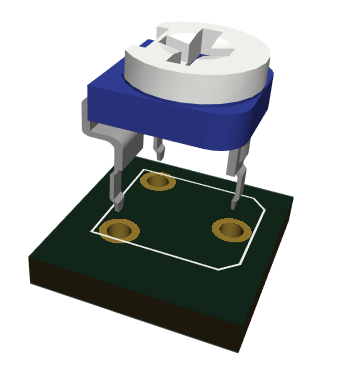 |
| Step 4 | Solder the LEDs so that the longer terminal (the positive one) corresponds to the “+” sign on the PCB | |
| Step 5 | Solder the sockets so that the cut-out markings correspond to those on the PCB | |
| Step 6 | Solder the power connector according to the marking on the PCB | 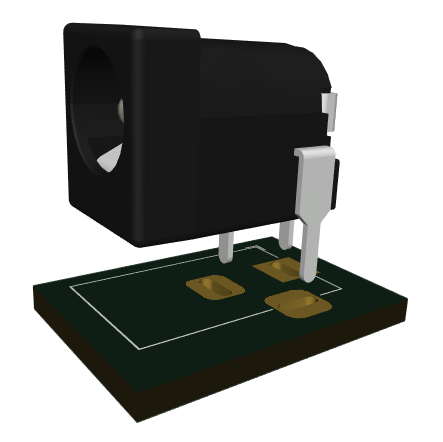 |
| Step 7 | Insert the 555 and 4017 integrated circuits in their sockets, so that the cut-out markings correspond to those on the PCB | |
| Step 8 | Power the circuit using the chosen method and check if the LEDs are blinking, one by one. | 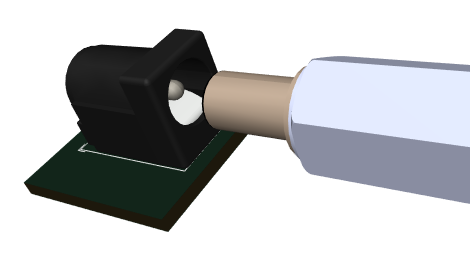 |
| Step 9 | Adjust the blinking frequency by slowly rotating the R13 trimmer. | 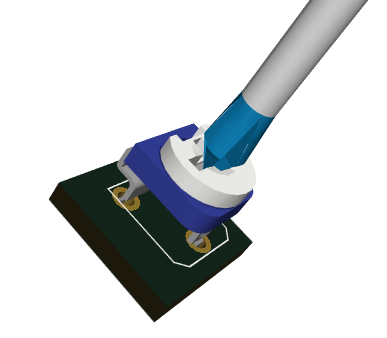 |
| Step 10 | Enjoy your 555+4017 learning kit! |  |
General assembly instructions for Warranty Compliance
As a precaution and to comply with the warranty conditions, we recommend testing each individual component before assembly. For example, resistors will be measured with an ohmmeter/multimeter. The warranty is for each individual component, not for the whole assembly. Since assembly is done by unauthorized personnel, under unknown conditions or at unknown stages of completion, we cannot assume any legal liability related to any consequences or operation of devices assembled by any third party.


